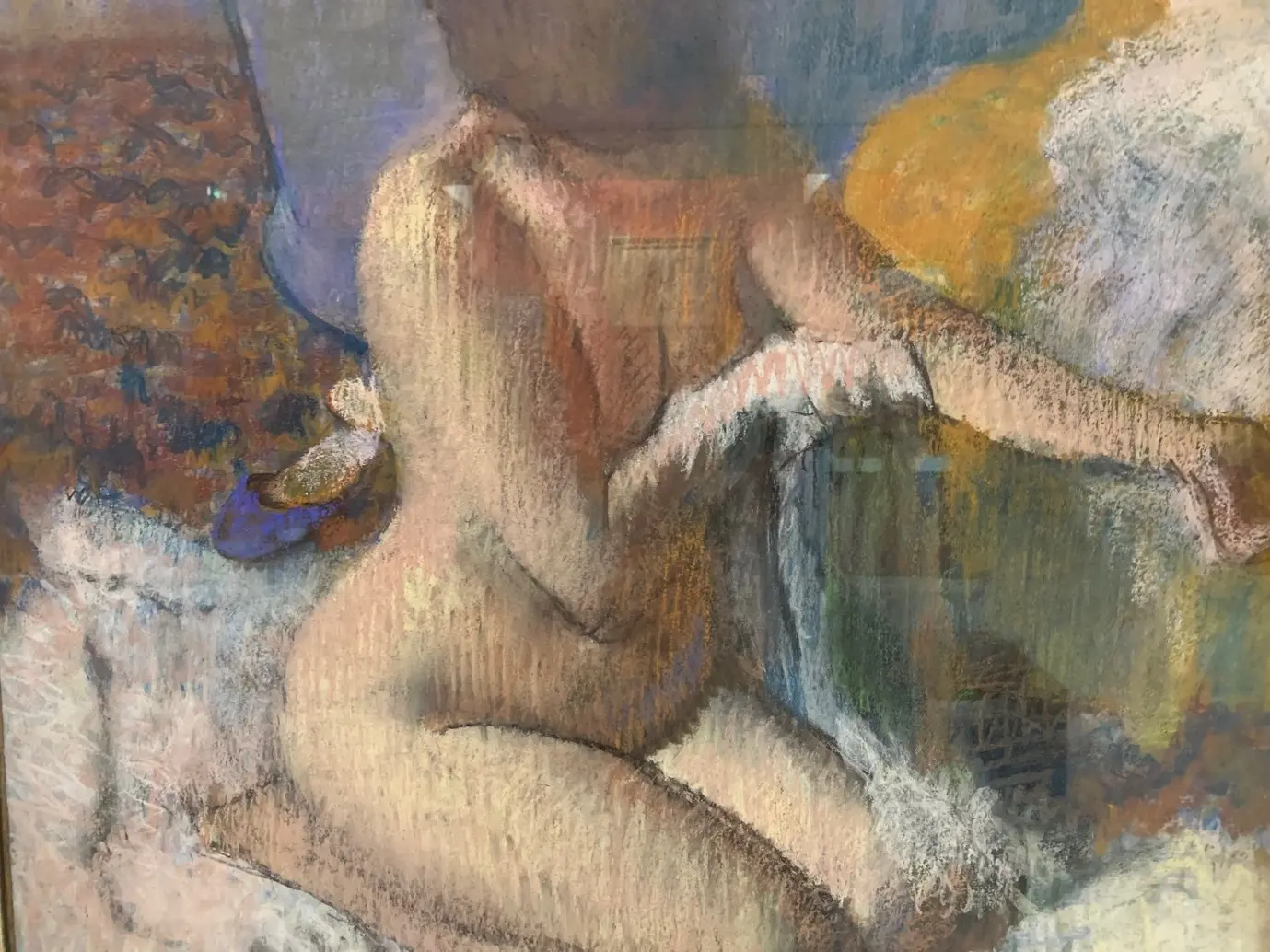

Degas the Younger
My Louvre by Antoine Compagnon

Degas the Younger
The dividing line between the Louvre and the Musée d’Orsay isn’t free of leaks and blotches. In theory, 1848 marks the division, and artists born after 1820 have had to make their way to the Left Bank. But many could figure on both sides of the Seine: Daumier, born in 1808, active at the beginning of the July Monarchy, resides in Orsay, like Millet and Courbet, likewise born before 1820 and renowned before 1848 (The Painter’s Studio was even acquired in 1920 with the support of the Société des Amis du Louvre). Meanwhile, the innumerable Corots in the Louvre, having entered with the Moreau-Nélaton collection (Sully, rooms 949 and 950) extend so far into the nineteenth century that one is tempted to compare their bonhomie—Théophile Gautier’s habitual word for Corot—with the liveliness of the Impressionists (the Georges Thomy Thiéry Collection [room 951] likewise holds a few Second-Empire landscape painters who didn’t go to Orsay). The most flagrant exception is that of the Hélène and Victor Lyon Collection, as the donors’ will specified it had to remain undivided at the Louvre (Sully, room 903). And so Monets hang side by side with Guardis, Tiepolos with Boudins and Sisleys, to such an extent that museum goers in a hurry—there are a few—could even spare themselves from having to cross the Pont du Carrousel or the Pont Royal. The most savory of all these infringements is that of the Louvre’s Degas, Leaving the Bath, a pastel that the wall label dates to 1895, but that the museum’s online catalogue places back in 1846. Degas was twelve, but the 1848 boundary is restored, magically respected.